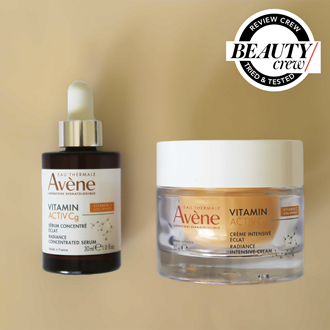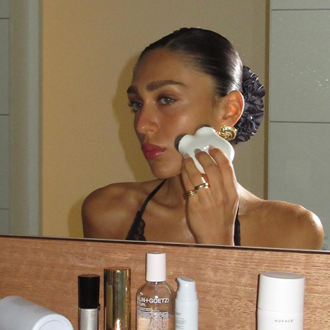Everything you need to know about pigmentation

The causes, treatments and other essential facts
The causes, treatments and other essential facts
How many times have you wanted to jump back into the past and slap some sunscreen on your sunbaking 16-year-old self? Yep, us too. Of course, back then it was a problem for future you … the same future you that now deals with the aftermath: pigmentation. But it might surprise you to know that our nemesis the sun is not solely to blame for this skin slight. In fact, many factors play a part in pigmentation, and according to Dr Monisha Gupta, visiting dermatologist at Sydney Skin Hospital, there is some good news: it can be treated.
Although different types of pigmentation do exist, it’s hyperpigmentation – where the skin becomes darker than normal – that has been attracting the most attention within beauty circles in recent years, and consequently is responsible for the whitening product boom.
The different types of pigmentation
You know the end result: blotchy, brown skin – but to treat it, you need to know what caused it. As we know, not all pigmentation was created equally. Here are the most common types:
Post-inflammatory hyperpigmentation
This occurs following an inflammatory skin condition, such as acne or eczema, where affected areas have taken on a new colour. “Anything that causes redness will heal brown,” explains Dr Gupta. But the good news is that “pigmentation due to inflammatory changes can be reversed completely. However it will be slower to fade on darker skin as there are more active pigment-producing cells,” she says.
Photo-ageing
For this, we can definitely point a finger at the sun. The sun’s UV rays stimulate the colour-producing cells (melanocytes) in the skin so that they will create more colour. Often, this will result in freckles, lentigines (brown spots commonly referred to as age spots) or pigmentation. Fortunately, photo-ageing pigmentation is reversible, however treatment is only truly effective if you stay out of the sun – something beach-loving Aussies know is a hard line to live by.
Melasma
It’s one of the most common causes of hyperpigmentation on the face and more prominent in olive colouring. “Melasma is the result of sun exposure under the influence of elevated – or changes in – hormones, [prompted by factors] such as being on the pill or pregnant,” says Dr Gupta. As this is hormone-related and may be a combination of superficial and deeper pigmentation, it’s not truly curable. It can be treated to reduce its appearance, but sun exposure will see it resurrected.
Pigmentation treatments
Lasers and Intense Pulsed Light
Lasers and IPL (Intense Pulsed Light) treatments are hard to ignore as they often produce fast results, but it is imperative to choose a trained professional for this. Also, if you’re not stringent with post-treatment care (i.e. sunscreen daily), you risk post-inflammatory pigmentation. There are different types of laser, but they all work by breaking up the colour, bringing it to the surface, then allowing the skin to shed and renew.
Dermal therapist Eva Karpati from Sydney’s Karpati Medispa uses IPL as a gentle alternative to laser. “It works by using a combination of natural lights for effective correction, with the selective light energy being absorbed by the pigmented lesions and hemoglobin [the oxygen-carrying molecule],” she says.
Although no prep is needed for treatment, sun exposure, AHAs and retinoids should be avoided prior to treatment, and afterwards it’s important to continue staying out of the sun and also use a broad-spectrum sunscreen.
Karpati suggests avoiding products that could cause light sensitivity, such as retinoids, and those containing any fragrance or essential oils, which can stimulate pigment-producing melanocytes.
Spot treatments
Sun damage related pigmentation can be cured – but this is no get-out-of-sunscreen-free card. “The problem is the risk for recurrence if the environmental and lifestyle triggers are not completely addressed,” says Dr Gupta.
Staying covered up isn’t the only roadblock. “Epidermal pigmentation [the upper layers of the skin] are more amenable to treatment than those in the deeper layers of the skin [dermal pigment],” says Dr Gupta. If your case is severe, a dermatologist can prescribe an appropriate strength of hydroquinone – the gold standard for pigment correction.
As for whitening products, Dr Gupta explains these use pigment-correcting chemicals, sunscreen, antioxidants and anti-inflammatories to get results. Many contain weak fruit acids that gently peel off the superficial layers of the skin, improving skin turnover.
The underlying message is clear: no magic potion will be effective without sun protection. “Sunscreen is the cheapest anti-ageing tool,” says Dr Gupta.
Try for day: Skin Physics Luminosity Rapid Results Targeted Dark Spot Eraser ; Rationale Melaneve Antioxidant Enlightenment; NeoStrata Skin Active Exfoliating Wash
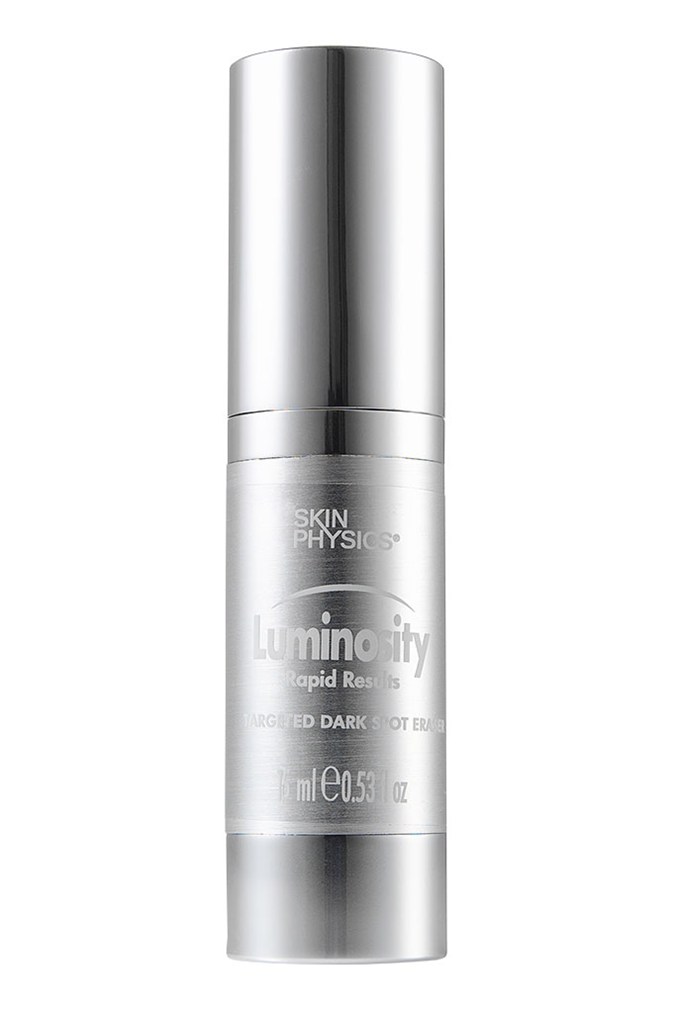
Skin Physics Luminosity Rapid Results Targeted Dark Spot Eraser
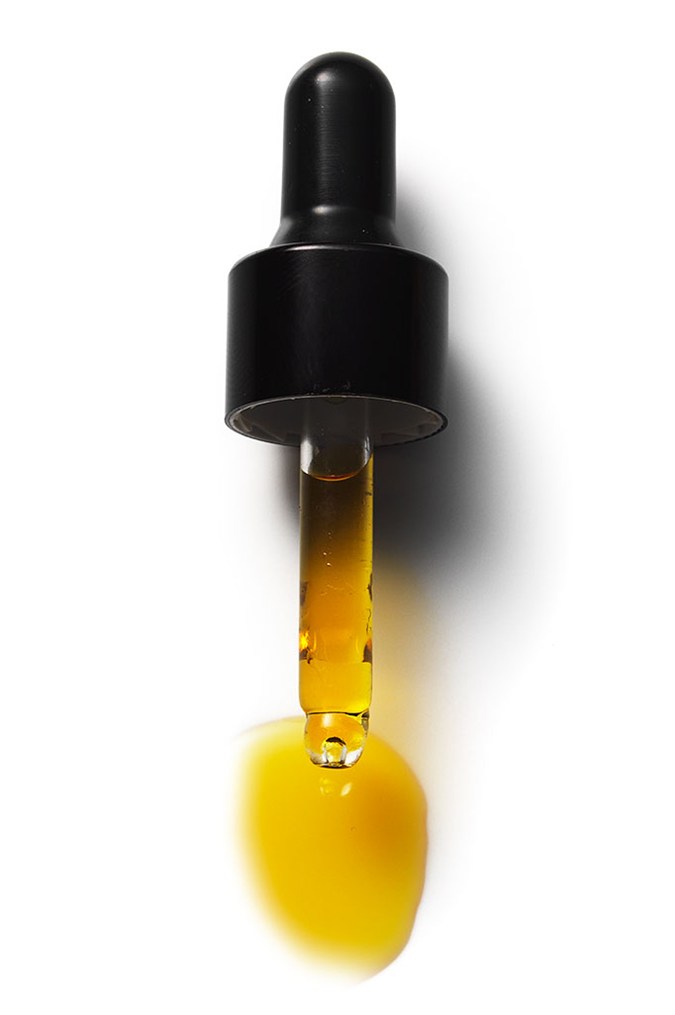
Rationale Melaneve Antioxidant Enlightenment
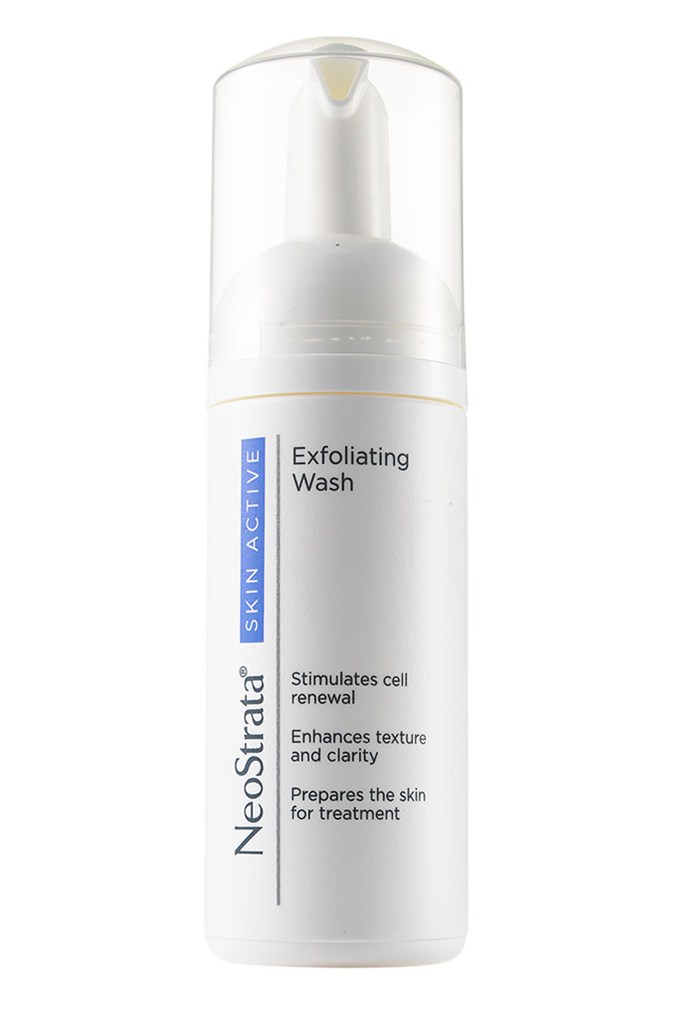
NeoStrata Skin Active Exfoliating Wash
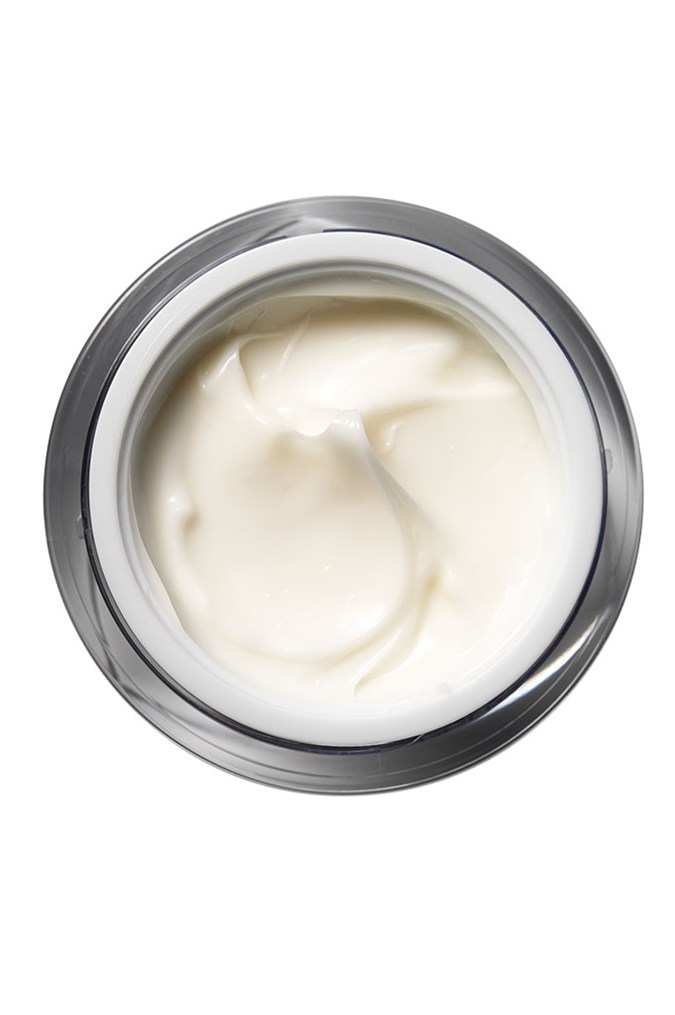
Estée Lauder Enlighten Even Skintone Correcting Crème
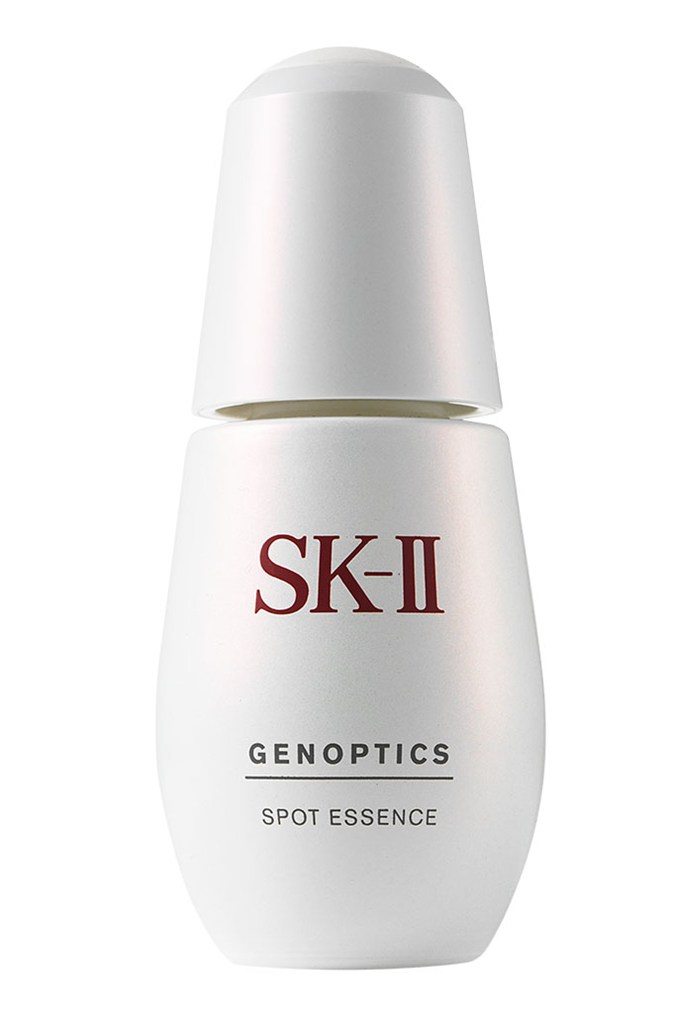
SK-II GenOptics Spot Essence
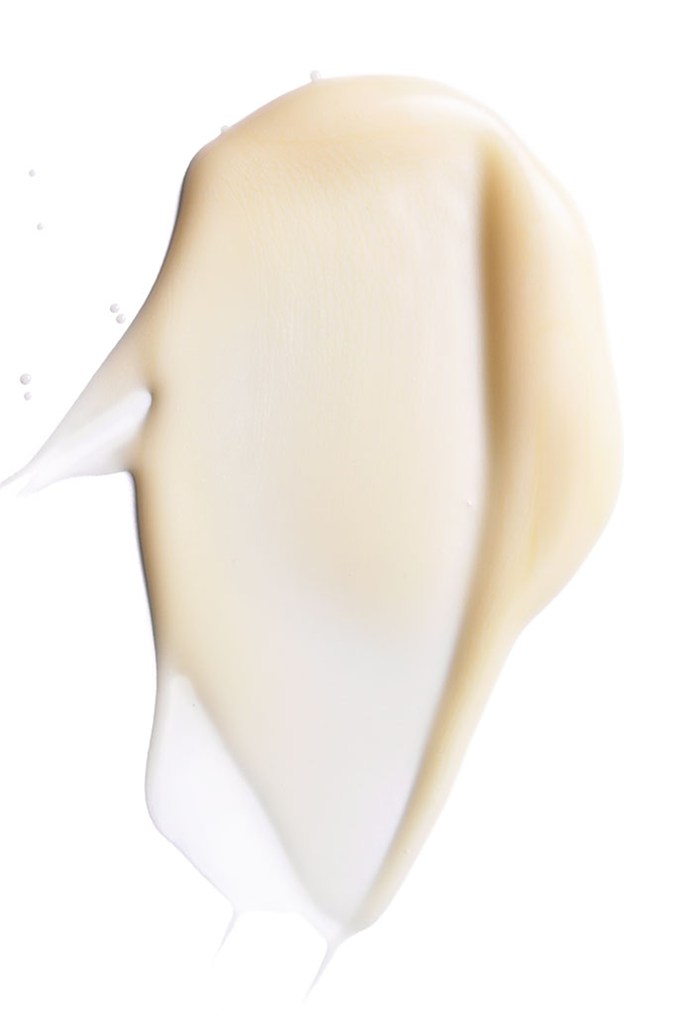
La Roche-Posay Pigmentclar Serum Anti-Dark Spot Concentrate Intensive
Is pigmentation just one of your top skin concerns? Check out our guide to fix other key signs of ageing.
For more skin care advice from marie claire, stop by marieclaire.com.au
Main image: Getty
Product photography by Edward Urrutia

Chelsea is BEAUTYcrew’s Contributing Editor. She has a sweet spot for anything that claims to make skin glow and won’t leave the house without a slick of mascara. Chelsea has 10 years of experience as a beauty editor and her words can be found on BEAUTYcrew, Women’s Health, Daily Addict, The Joye and Primped.
Related tags
SK-II /




